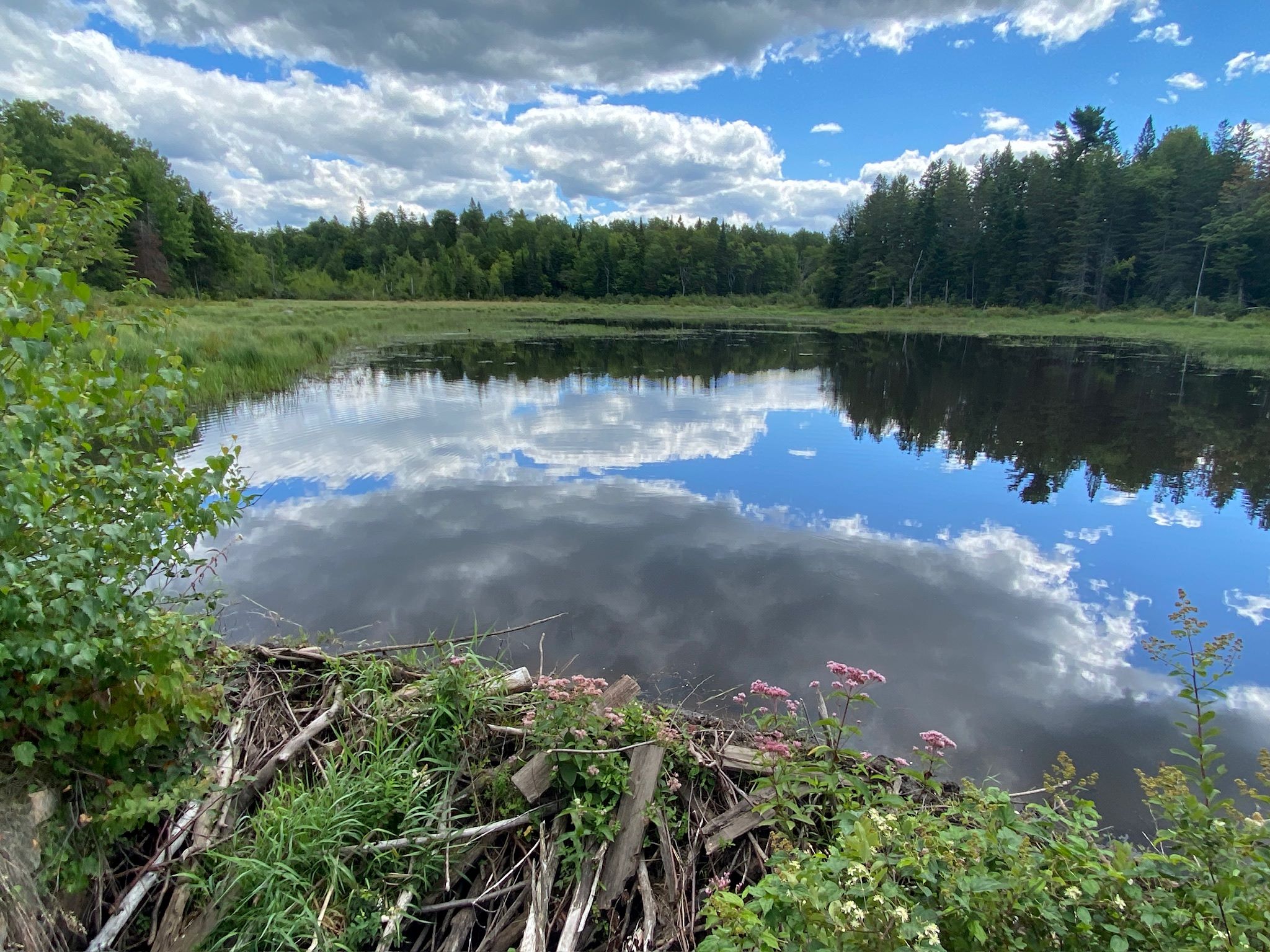Water Resources
Rivers, lakes and ponds are at the heart of the Adirondack Park, supporting diverse ecosystems, providing drinking water, and offering recreational opportunities that drive the region’s economy. However, threats such as shoreline development, invasive species, pollution and climate change put these valuable resources at risk. The Adirondack Park Agency (APA) uses science-based policies and regulations to ensure the long-term health of the Park’s water resources.
Why Water Resource Protection Matters

- Provide diverse and productive habitats for Adirondack fish, wildlife and aquatic plants. Shoreline areas are vital habitat for both terrestrial and aquatic species.
- Supply clean drinking water to local communities and visitors.
- Offer recreational opportunities such as fishing, boating, and swimming, which contribute to the regional economy.
- Help regulate the local climate by storing and slowly releasing water, reducing the effects of droughts and floods.
Threats such as nutrient pollution, invasive species, and warming water temperatures can degrade water quality, disrupt ecosystems, and impede recreational use. Protection of Adirondack waterbodies is essential for maintaining these natural and economic benefits.
How the Adirondack Park Agency Protects Water Resources
The APA applies science-based strategies to protect and manage the Park’s rivers, lakes and ponds. The Agency:
- Regulates shoreline development to minimize the impacts of erosion and stormwater runoff and to protect aquatic habitats.
- Regulates removal of shoreline vegetation to maintain the stability of shoreline soils, protect water quality by filtering excess nutrients, and support wildlife access to the shoreline area.
- Protects wetlands, which trap sediments and pollutants before reaching water resources.
- Reviews and authorizes aquatic invasive species management projects in Adirondack lakes, ponds and rivers through the use of hand harvesting, benthic barriers, or chemical treatments to combat the growth and spread of these species.
- Uses field sampling methods, coupled with GIS technology, to map deep water marshlands to ensure protection of sensitive habitats.
By integrating research, regulation, and public engagement, the APA helps ensure that Adirondack lakes remain clean and resilient.
What You Can Do to Help
Everyone has a role in protecting Adirondack lakes. With a light touch and some thoughtful planning, landowners can reduce the impact of their presence in shoreline areas. Here’s how you can help:
- Maintain natural shoreline buffers - Maintain a diverse array of native vegetation within the shoreline area for stability and erosion control. Consider retaining woody debris that’s fallen into the water, as it can provide valuable habitat to aquatic life.
- Avoid removing vegetation to create expansive shoreline viewsheds - Instead, establish filtered views from lakeside homes by carefully pruning existing vegetation.
- Address existing shoreline erosion problems - Use the least structural or “softest” approach available to manage erosion, beginning with reestablishment of native vegetation.
- Avoid hardscaping with rip rap and retaining walls - Reduce pollution. Avoid using chemical fertilizers near waterbodies, properly install and maintain septic systems, and minimize road salt use.
- Prevent the spread of invasive species - Always Clean, Drain, and Dry boats, trailers, and gear before moving between water bodies. Practice responsible boating. Follow wake restrictions, avoid disturbing sensitive habitats, and dispose of waste properly.
- Get involved - Join local lake associations, participate in volunteer monitoring programs, and support policies that protect Adirondack lakes.